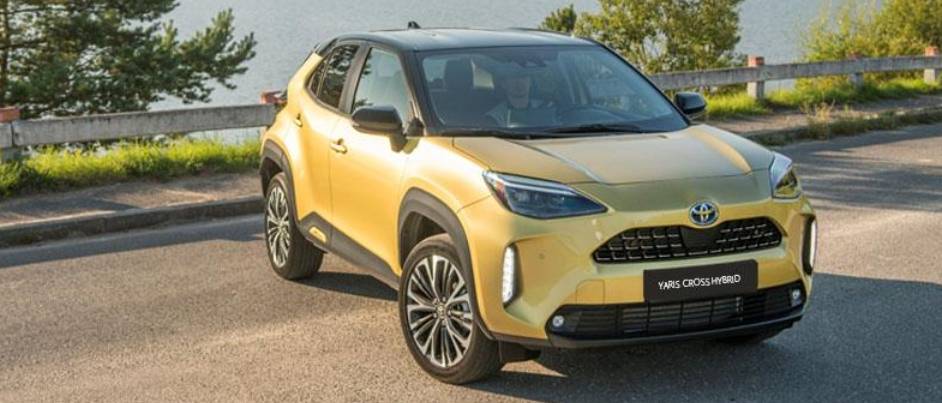
It has been 26 years since the Toyota Prius — the first mass-produced hybrid car — appeared on the market. Today, Toyota offers four electrified drive technologies: full hybrids, plug-in hybrids, hydrogen electric and battery electric. Now Toyota has set itself a new goal — that the automotive industry should not only have a neutral, but even a positive impact on the environment. This concept is best expressed by the slogan Beyond Zero.
TOYOTA IS A LEADER OF ELECTROMOBILITY
Toyota is known worldwide as a pioneer in electromobility and the largest producer of electrified cars. It all started in 1997, when the Prius, the first mass-produced hybrid, made its debut. Toyota very quickly began to introduce hybrid drive to other models, while working on its next generations — its fifth generation will debut later this year together with the Corolla Cross. Today, it offers several dozen hybrid cars and a dozen models with other types of electrified drives on markets around the world, and their total sales have exceeded 20 million. Electrified cars that Toyota has sold over 25 years saved 65 billion liters of gasoline and avoided 160 million tons of CO2 emissions.
BEYOND ZERO — A NEW STAGE OF ELECTRIFICATION
After the success of hybrids, Toyota began the next stage of electrification, the nature of which is best reflected by the slogan Beyond Zero, which means “more than zero emissions”. It assumes that by 2050 Toyota will achieve much more than zero CO2 emissions in terms of sustainability. The aim of this strategy is not only to eliminate greenhouse gas emissions and harmful substances from the company’s operations, but also to make the balance of Toyota’s impact on the environment and climate positive. The company pays attention to saving water, recycling materials in a closed loop, developing a sustainable society and promoting biodiversity.
ELECTRIFICATION ADAPTED TO LOCAL CONDITIONS
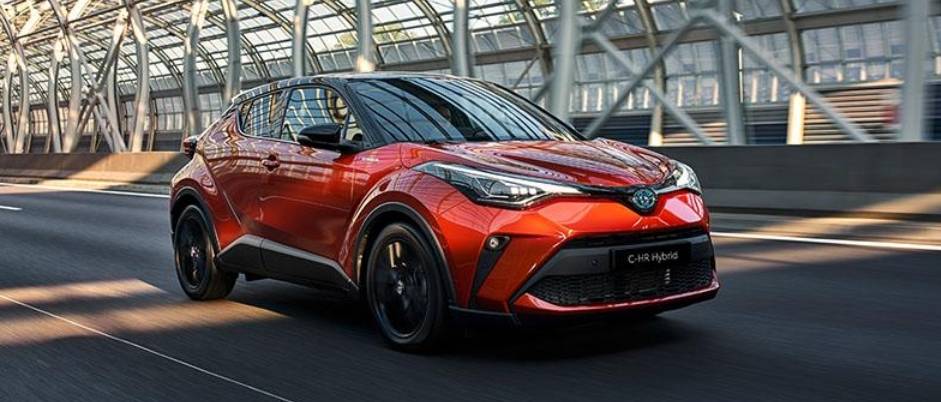
Climate protection is not only about achieving zero emissions by 2050, but also about reducing emissions every year in every region of the world as quickly as possible under given conditions. That is why Toyota is constantly developing all types of electrified drives to avoid a situation where residents of areas with limited infrastructure for charging electric cars are condemned to ordinary combustion cars that pollute the environment. In the coming years, the brand will expand its range of zero-emission battery and hydrogen electric vehicles, but will also introduce more modern and more efficient full hybrids and plug-in hybrids. So that the inhabitants of each region can reach for more.
According to the manufacturer’s plans, by 2030 Toyota’s range of electric cars and its luxury brand Lexus will include 30 models, and annual sales will reach 3.5 million cars. In December last year, at a special show, Toyota unveiled prototypes of 16 battery-operated electric cars, which will go on sale in the coming years. They include SUVs and crossovers, sedans, sports cars, vans, as well as pickup trucks and SUVs. Toyota will also develop the universal E3 platform, combining the features of the TNGA and e-TNGA architectures, on which it will be possible to efficiently develop hybrids, plug-in hybrids and electric cars from all key segments.
TOYOTA MIRAI — MINUS MISSION CAR
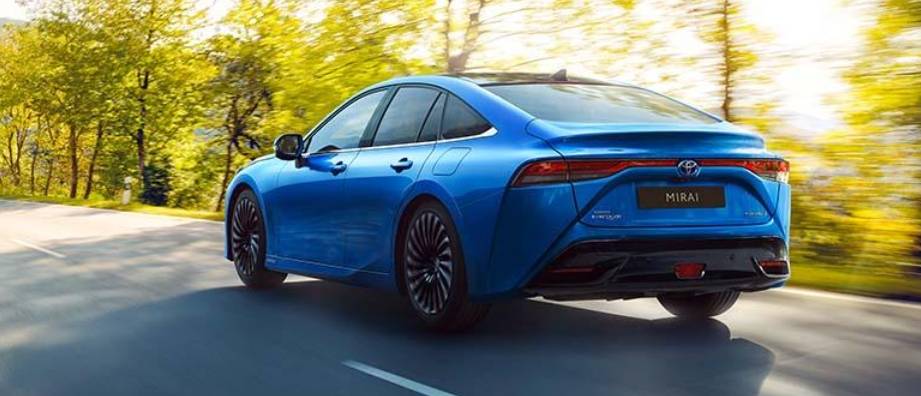
The most obvious example of implementing the Beyond Zero principle in practice are electric cars powered by hydrogen fuel cells. The Mirai sedan with hydrogen drive not only produces no exhaust fumes, it also cleans the air while driving. Catalytic filters, which trap toxic substances such as nitrogen oxides and particulate matter, are by no means some additional function available in the higher trim levels, but an essential component of hydrogen propulsion. Very high purity air must be supplied to the fuel cells, where the electricity is generated by the reaction of hydrogen with oxygen, hence all the air sucked into the drive system is thoroughly cleaned. So it can be said that the Toyota Mirai is a minus-emission car.
TOYOTA BZ4X — THE ELECTRIC SUV WITH MANY ADVANTAGES
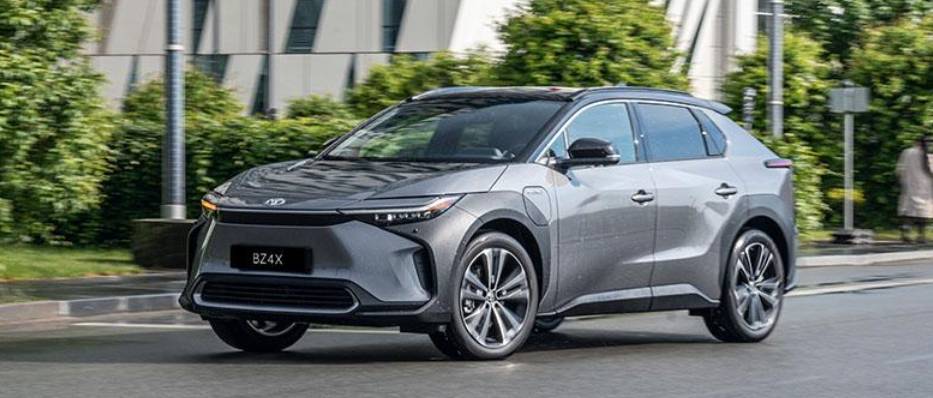
The Toyota bZ4X is more than a car with an electric motor. This model was not created by adding an electric drive to an existing internal combustion car, but was designed from scratch. As a result, it was possible to achieve several goals at the same time and obtain more than usually available on the market.
Although the Toyota bZ4X is a large SUV, not only is it exhaust-free, it also uses energy very efficiently. It is a battery electric car, but has a spacious interior and luggage compartment similar to that of a higher-end SUV, thanks to the under-floor storage of the batteries. It’s a car with a self-supporting body, but its refined four-wheel drive and chassis structure give it the capabilities of a thoroughbred off-roader.
The very good off-road capabilities of the Toyota bZ4X were achieved both thanks to the AWD drive structure itself, based on the cooperation of two electric motors with high power and maximum torque available in the full speed range, and thanks to the extensive experience in building SUVs of Toyota experts. The benchmark for the electric SUV was such off-road legends as the Land Cruiser and Hilux.
The new bZ4X is built on the new e-TNGA platform, integrating batteries into the car’s structure, increasing body stiffness and lowering the center of gravity. The e-TNGA board is modular, which allows it to be easily adapted to different car sizes and different body types. This architecture is the foundation of the entire Beyond Zero line, which in the near future will also include a compact SUV, a mid-size sedan and a large SUV with three rows of seats.
TOYOTA RAV4 PLUG-IN HYBRID — UNLIMITED HYBRID
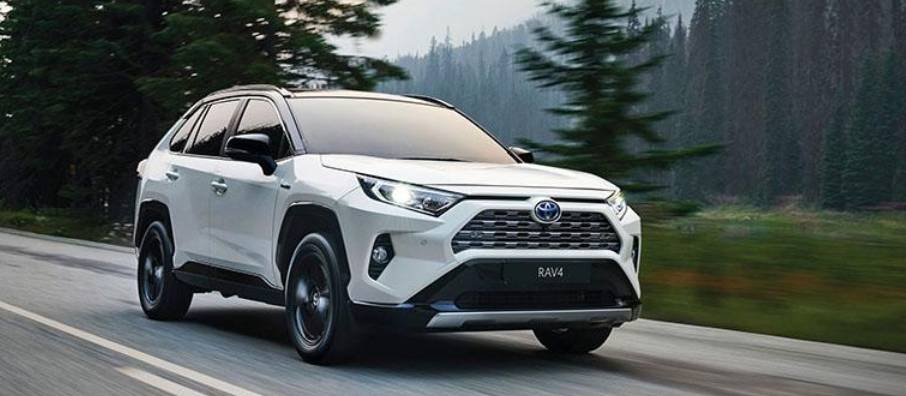
The RAV4 Plug-in Hybrid is more than a standard plug-in hybrid. Usually, cars of this type are internal combustion cars with an electrical section attached. Thus, they can either be driven by an electric motor or an internal combustion engine, which is activated when the current stored in the battery is exhausted. The design of the RAV4 Plug-in Hybrid is completely different. It is based on the fourth-generation hybrid system with the RAV4 Hybrid, which uses a more powerful electric motor and a larger battery. As a result, the car runs either in pure electric mode or in fuel-efficient hybrid mode, where the electric motor is constantly used intensively.
Toyota full of hybrids — electrification for everyone
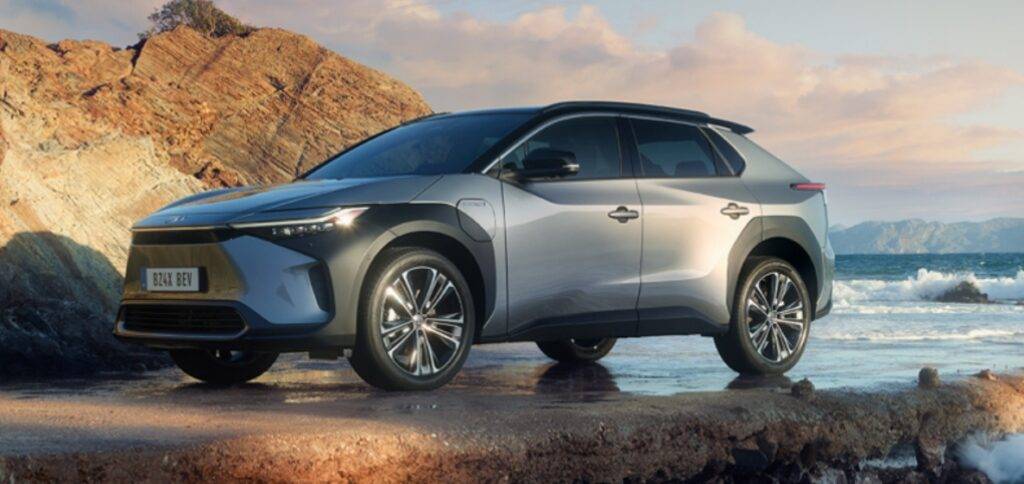
A full hybrid car is more than an internal combustion car. Although it does not require charging the battery and is refueled at a gas station, the hybrid runs in zero-emission electric mode for up to 70-80 percent. city driving time. The source of energy for the electric motor is a traction battery that is recharged during braking and deceleration. During dynamic driving, the electric motor supports the gasoline unit, preventing it from overloading and excessive wear, which not only reduces fuel consumption, but also positively affects the reliability and durability of the drive. The advantage of Toyota hybrids such as the Corolla, Yaris, RAV4 or Corolla Cross with the fifth generation hybrid drive are also affordable prices at the level of conventional combustion cars.
There are hard numbers to prove the efficiency of the hybrid drive. The urban Yaris Hybrid consumes an average WLTP from 3.8 l / 100 km, and the combined CO2 emissions are from 87 g / km. The compact Corolla TS Estate with spacious luggage compartment and hybrid drive requires fuel consumption from 4.4 l / 100 km and CO2 emissions from 99 g / km. The mid-size RAV4 Hybrid SUV is satisfactory from 5.5 l / 100 km and emits from 125 g / km to the atmosphere. The large 7-seater Toyota Highlander SUV is also a real sensation, with fuel consumption from 6.6 l / 100 km and CO2 emissions from 149 g / km.
You will be able to get to know the Beyond Zero idea better during the Toyota Electrification Days, organized in brand showrooms all over Poland. Between July 23 and October 5, Toyota will organize nearly 60 meetings, where, for example, the Corolla Cross, RAV4 Plug-in Hybrid, Toyota Mirai and Toyota bZ4X will present four electrified drives hybrid, plug-in hybrid, hydrogen electric and battery electric. . In the Mobile Technology Lab, engineers and experts will answer any questions you may have about Toyota’s electrified technologies. You will be able to learn about the curiosities and history of each drive, conduct your own experiments and test yourself in the technology quiz.
